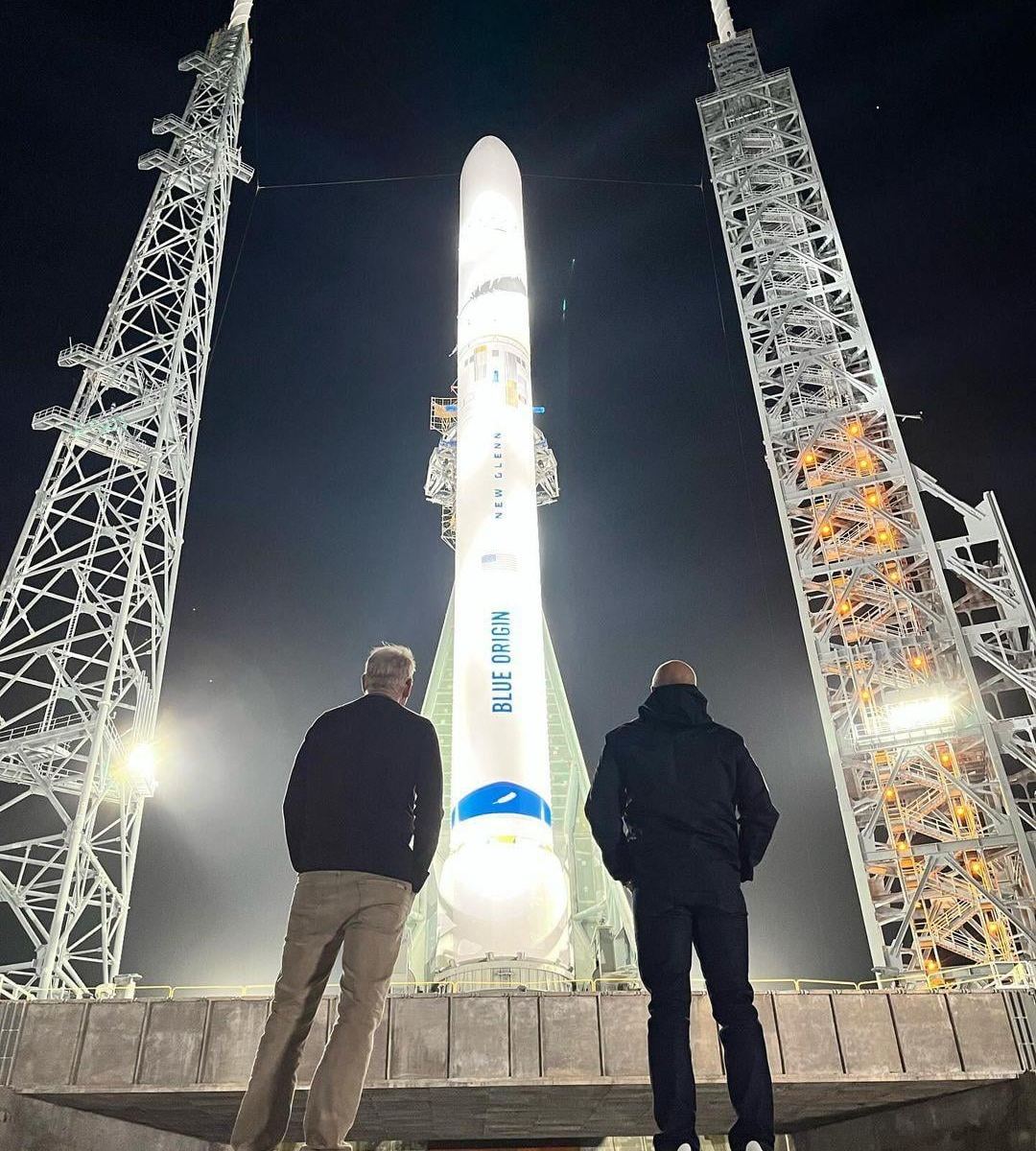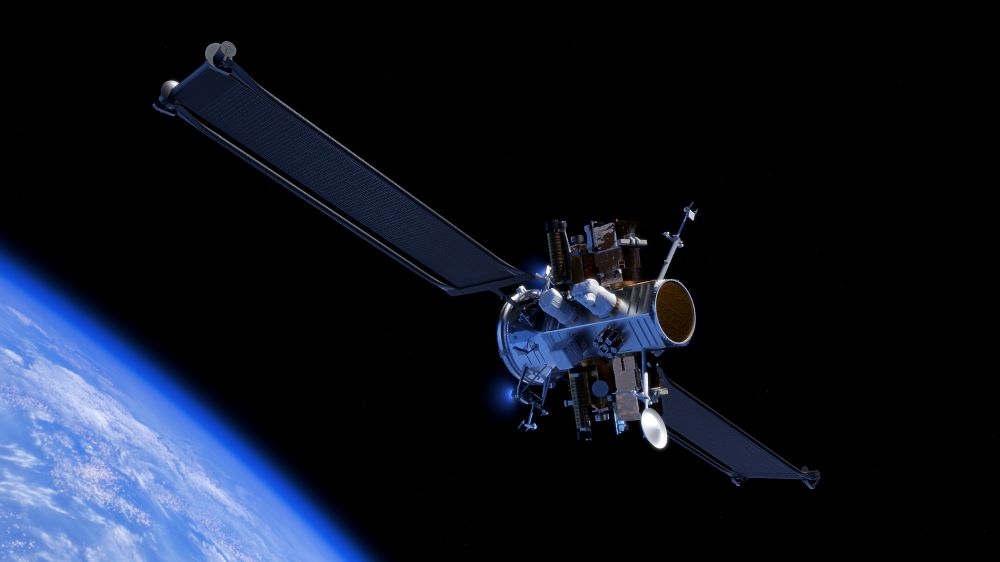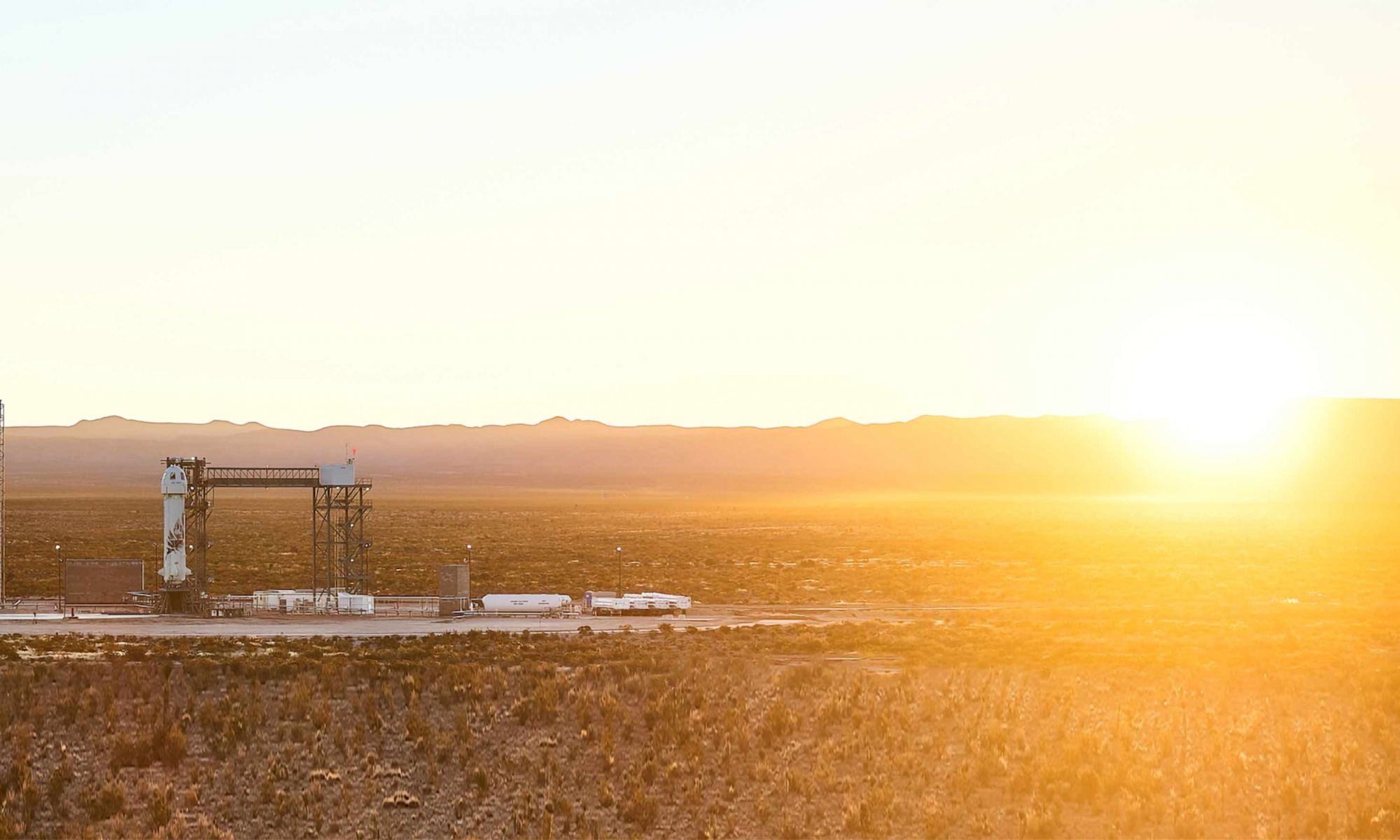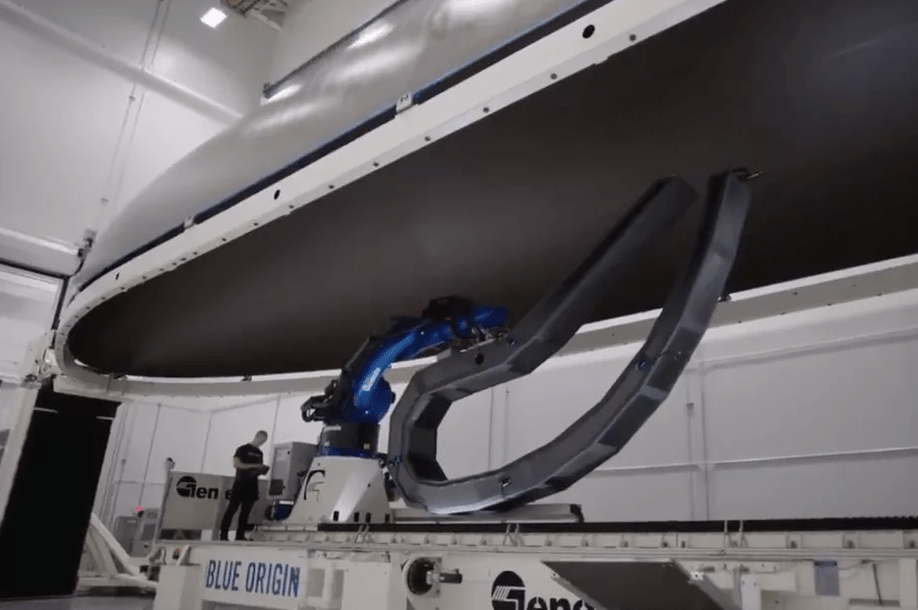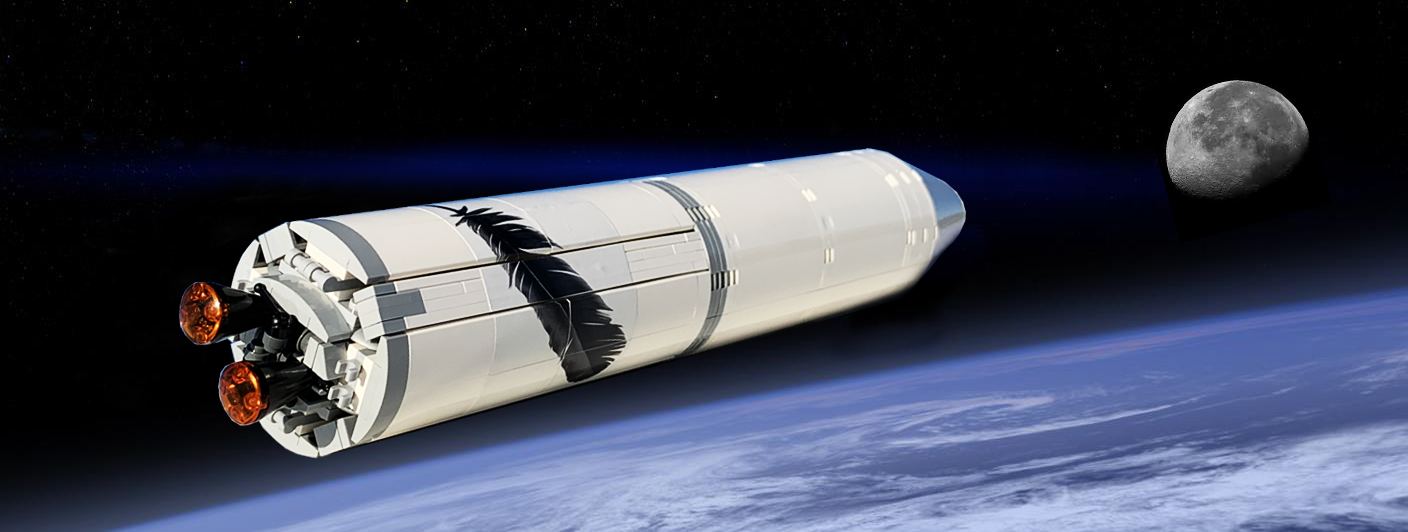On Thursday, January 16th, at 02:03 AM EST, Blue Origin’s New Glenn rocket took off on its maiden flight from Launch Complex 36 at Cape Canaveral Space Force Station. This was a momentous event for the company, as the two-stage heavy-lift rocket has been in development for many years, features a partially reusable design, and is vital to Bezos’ plan of “building a road to space.” While the company failed to retrieve the first-stage booster during the flight test, the rocket made it to orbit and successfully deployed its payload -the Blue Ring Pathfinder – to orbit (which has since begun gathering data).
According to the most recent statement by Blue Origin, the second stage reached its final orbit following two successful burns of its two BE-3U engines. The successful launch of NG-1 means that Blue Origin can now launch payloads to Low Earth Orbit (LEO), a huge milestone for the commercial space company. “I’m incredibly proud New Glenn achieved orbit on its first attempt,” said Blue Origin CEO Dave Limp in a company statement. “We knew landing our booster, So You’re Telling Me There’s a Chance, on the first try was an ambitious goal. We’ll learn a lot from today and try again at our next launch this spring. Thank you to all of Team Blue for this incredible milestone.”
Continue reading “New Glenn Reaches Orbit, but Doesn't Recover the Booster”



